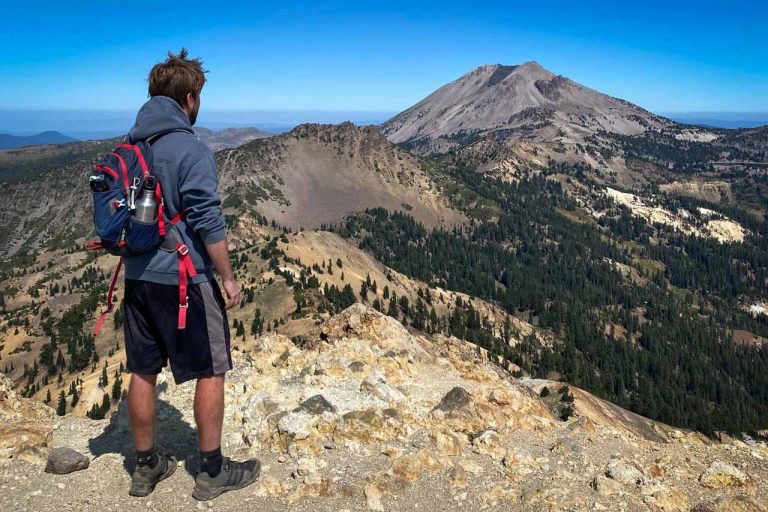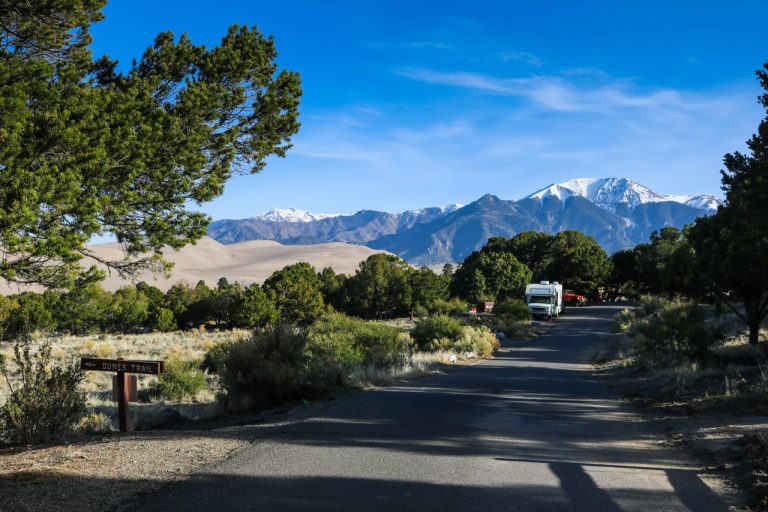EPA Gets Closer to Protecting Alaska’s Bristol Bay From Controversial Gold Mine
This news story about the EPA’s new step to protect the Bristol Bay Watershed from Pebble Mine development is based on a September 9, 2021 Environmental Protection Agency press release. You can read the original press release here.
On September 9, 2021, the Environmental Protection Agency (EPA) announced in a press release that it took an important step toward protecting Alaska’s Bristol Bay Watershed from the development of the controversial Pebble Mine.
The agency stated it wants “to reinitiate the process of making a Clean Water Act (CWA) Section 404(c) determination to protect certain waters in Bristol Bay, Alaska.”
According to the EPA, the finalization of such a determination would facilitate the long-term protection of Bristol Bay’s pristine waters. Alaska Native and communities rely on these waters for commercial activities, subsistence, recreation and other essential activities.
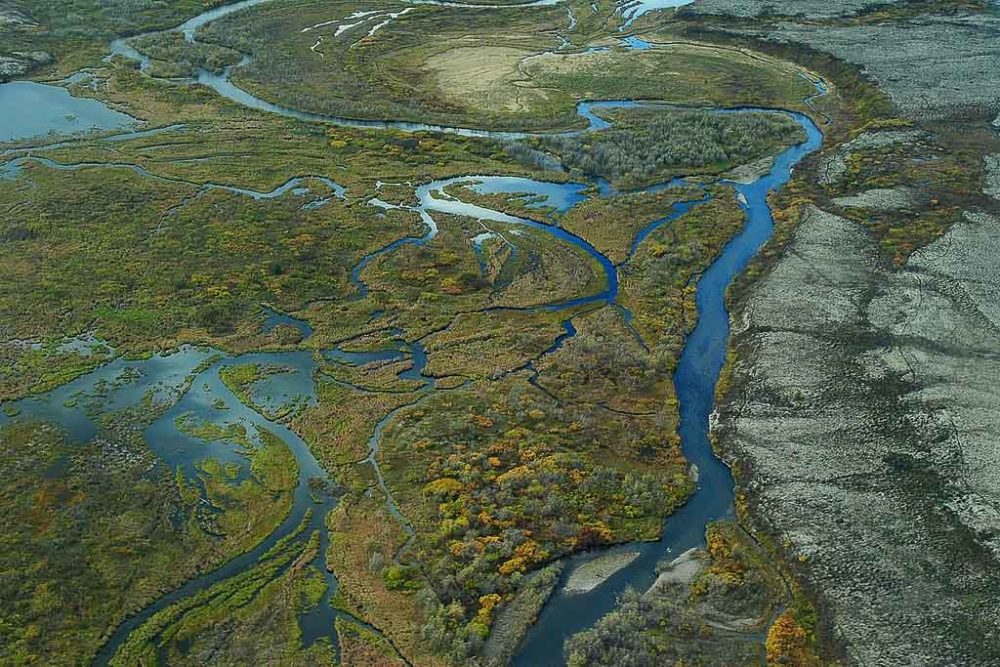
EPA Takes New Steps to Protect Bristol Bay Watershed From Proposed Pebble Gold Mine
“The Bristol Bay Watershed is an Alaskan treasure that underscores the critical value of clean water in America,” said EPA Administrator Michael S. Regan.
“Today’s announcement reinforces once again EPA’s commitment to making science-based decisions to protect our natural environment. What’s at stake is preventing pollution that would disproportionately impact Alaska Natives, and protecting a sustainable future for the most productive salmon fishery in North America.”
– EPA Administrator Michael S. Regan
The process involves some quite technical legal language. However, because this is such an important issue and development, we’ve left it unchanged from the original press release below.
Under the previous administration, EPA issued a July 2019 notice withdrawing its 2014 Proposed Determination issued under CWA Section 404(c). This action terminated the review process for Bristol Bay.
A recent Ninth Circuit court decision found that EPA can withdraw a Proposed Determination “only if the discharge of materials would be unlikely to have an unacceptable adverse effect.”
The agency believes the 2019 withdrawal notice did not meet the Ninth Circuit’s standard. On remand from the Ninth Circuit, the Alaska federal district court recently directed EPA to file a proposal for additional court proceedings by September 10.
On September 9, 2021, the U.S. Department of Justice, in a filing in the district court, is announcing EPA’s intent to request that the 2019 withdrawal notice be remanded and vacated.
If the court grants the motion, remand and vacatur would automatically reinitiate EPA’s 404(c) review process and the agency would announce a schedule for resuming a process to protect certain waters in the Bristol Bay watershed—including opportunities for public input.
Proposed Pebble Mine Would Have Disastrous Consequences for Local Livelihoods and Ecosystems
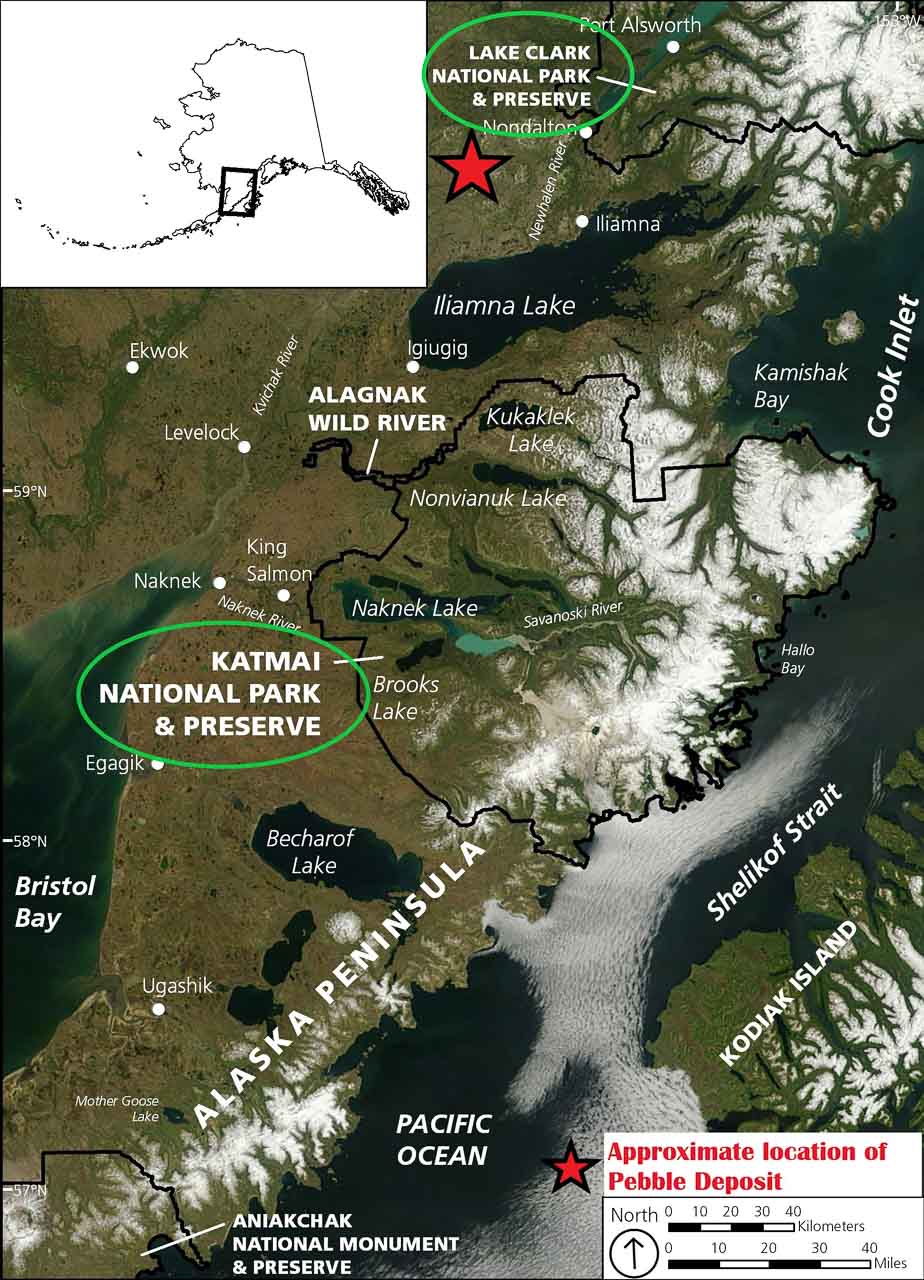
The controversial Pebble Mine would be located at the meeting point of the Nushagak River and Kvichak River watersheds.
This is just outside of Alaska’s spectacular Lake Clark National Park, while Katmai National Park, famous for its large brown bear population, lies to the south.
There are significant gold and copper deposits in these watersheds, the so-called Pebble Deposit.
These mineral deposits are, however, low-grade, which means they have a small metal-to-ore ratio. This would require mining operations in a very large area in order for it to be economical.
Subsequently, mining activities over such a huge area would produce vast amounts of waste. Consequences to the region’s pristine water resources, fish populations and the livelihoods of local Alaskans would be devastating.
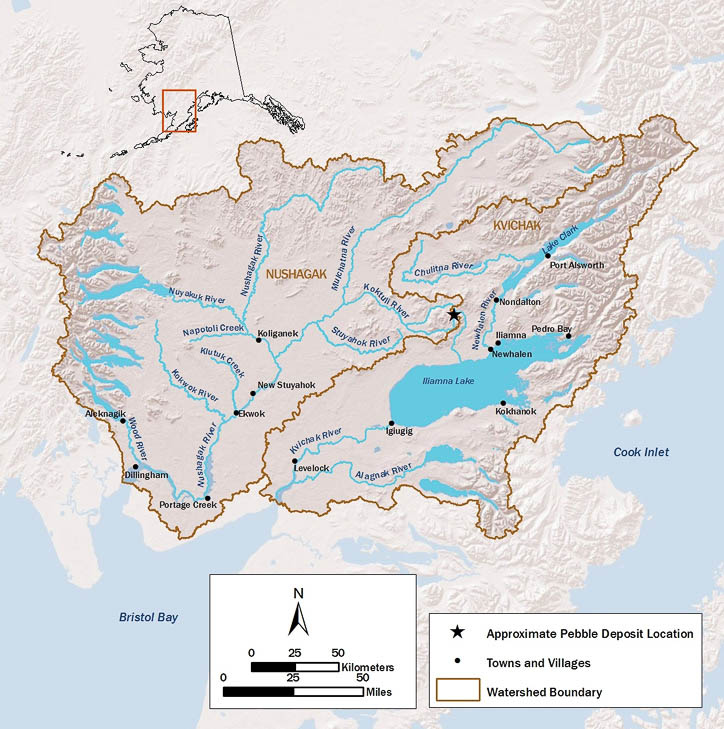
Bristol Bay Is An Ecological Paradise and Cultural Region Worthy of Extra Protection
The Bristol Bay Watershed supports commercial, subsistence, and recreational fisheries that are worth hundreds of millions of dollars each year and create thousands of jobs.
Bristol Bay’s fishery resources have supported a subsistence-based way of life for Alaska Natives for over 4,000 years. The region is home to no fewer than 25 federally recognized tribal governments, fourteen of which are within the Nushagak and Kvichak River watersheds.
Additionally and importantly, the local Yup’ik and Dena’ina are two of the last intact, sustainable salmon-based cultures on Earth.
The Bristol Bay watershed is an area of exceptional ecological value with salmon fisheries unrivaled anywhere in North America.
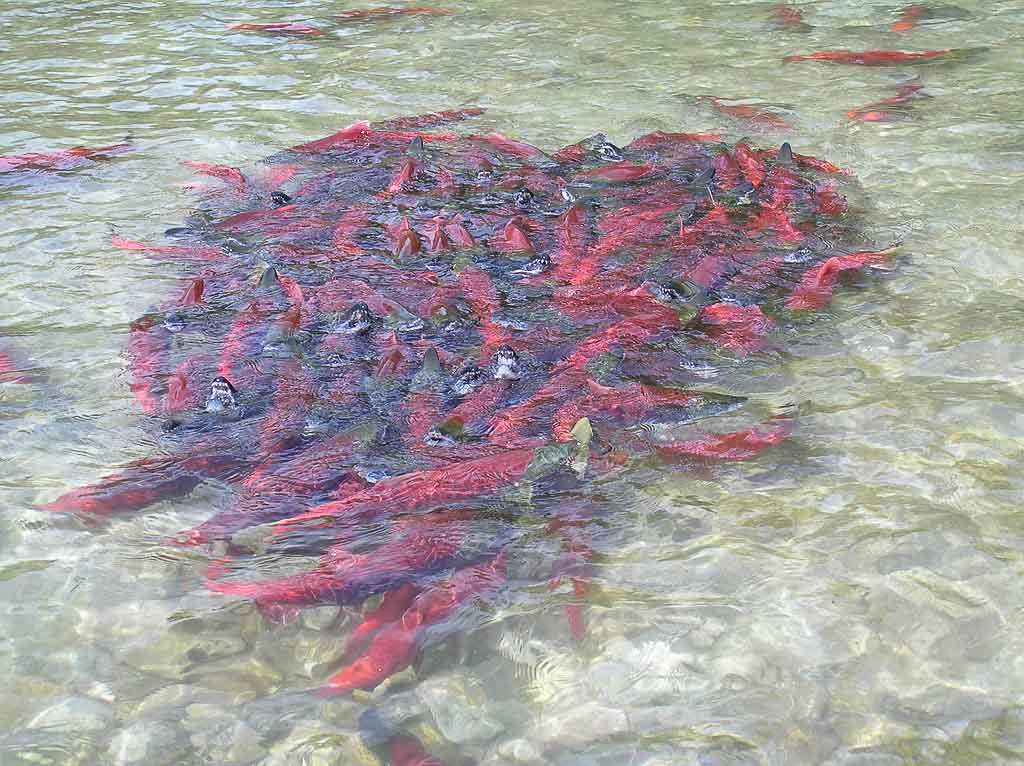
The region’s streams, wetlands, lakes and ponds provide essential habitat that support all five species of Pacific salmon found in North America. Those are coho, Chinook, sockeye, chum, and pink salmon.
These salmon populations are critical to the health of the entire ecosystem. This watershed is home to over 25 fish species, 190 bird species and more than 40 terrestrial mammal species, including bears, moose, and caribou.
The move to protect the Bristol Bay Watershed against the Pebble Mine was praised by prominent conservation organizations, such as the National Parks Conservation Association (NPCA).
“Pebble Mine has plagued Alaska for decades, and it is welcome news that the EPA is returning to its mission and announcing steps to safeguard our region. It is a critical time for determining the future of Bristol Bay, and people, wild salmon, parks and wild places. While there is more work ahead, many of us in Alaska and across the country are energized and ready to put the disastrous Pebble Mine behind us forever.”
– Jim Adams, Alaska senior regional director for the NPCA




